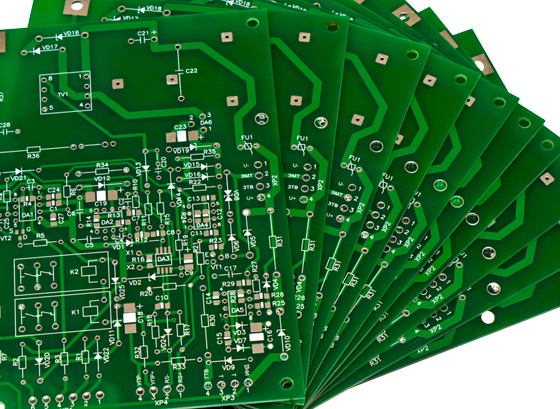
The Role of Patents in Focused Innovation
The object in patenting is not simply to obtain a patent on your own product. For a patent to be of commercial value, it should extend to and cover close alternatives that could compete with your own product. This actually requires an inventor to think about how the benefits of an invention could be achieved in other ways.
An inventor seeking to obtain a valuable and effective patent should engage in “super inventing”. This means going beyond thinking of the original invention in terms of its specifics. Every invention starts-off as an assembly of parts and processes. Instead, the invention has to be understood at its most abstract level. This will help greatly in identifying alternate variations on the original invention. The objective, for patent purposes, is to characterize the larger inventive concept in language that will encompass all of these variants.
Surprisingly, to many, most inventions change over time as inventors come to understand the invention at a deeper, or higher, level. Once alternate variations of an original invention have been identified it will often be recognized that the original invention had its own deficiencies. A modified invention can then be identified that is superior to the original concept. This process can be carried-out iteratively, with the potential for great profit. Not only can the invention be improved, but the prospects for obtaining an effective patent monopoly can be enhanced as you can read from how to apply for a patent with InventHelp post.
Many examples can be generated where this principle is demonstrated. One example that may surprise people is that of the Wright Brothers patent, granted just over 100 years ago. This patent as originally drafted was deficient in respect of the feature identified as the principle inventive advance. The Wright Brothers did not really understand their own invention.

It is the responsibility of every patent applicant to not only describe their invention in terms of how to build it, but also to define it. The Wright Brothers knew that they had not invented the idea of an airplane that would fly under power. Such a concept had been thoroughly discussed in the previous 40 years and a considerable number of attempts to build a flying vehicle had been made. Steam powered model aircraft had already flown distances on the order of half a mile. Patents are not granted for doing something for the first time; they are granted for originating the idea of how something should be done, that is, coming up with a new idea. The idea of flying was old. To obtain a patent, the Wright Brothers had to conceive of something that had not been proposed before.
The Wright Brothers believed that they had invented the idea of controlling an aircraft so that it would bank to the left or bank to the right – to achieve “roll” – by twisting the tips of the wings. They built a glider aircraft with “soft” outer wing ends that could be warped. But when this didn’t work very well they ran a rope to the tail to correct a steering problem by “slaving” the tail to turn in conjunction with the wing tips. That’s what they thought was the essence of their invention when they filed their patent application.
Once they had filed a patent application they visited the Examiner at the Patent Office in Washington. He recommended to them that they engage a patent attorney. Returning home, they located and met with a patent attorney who appreciated the importance of what they had accomplished. By then they had made their first successful flight under power using their new control system.
If you think you understand this principle then you can test it out yourself by making a list of all of the features which characterize a scrollbar on a computer screen. How many can you identify? Are you able, in one sentence, to provide defining language which will cover all of these features? If so, you are well-qualified to understand the fundamental nature and challenge faced by inventors when they set out to originally conceive and eventually patent their inventions.
More significantly, you will be well-positioned to engage in “Directed Innovation” which means conceiving inventions which have an improved prospect of being profitable. You can continue reading about patents on how to file a patent with InventHelp article.
Start Patent Process
You May Also Like

Helpful Guide To Choose A Perfect PCB Supplier
August 19, 2018
Do you need dental brackets
January 24, 2017